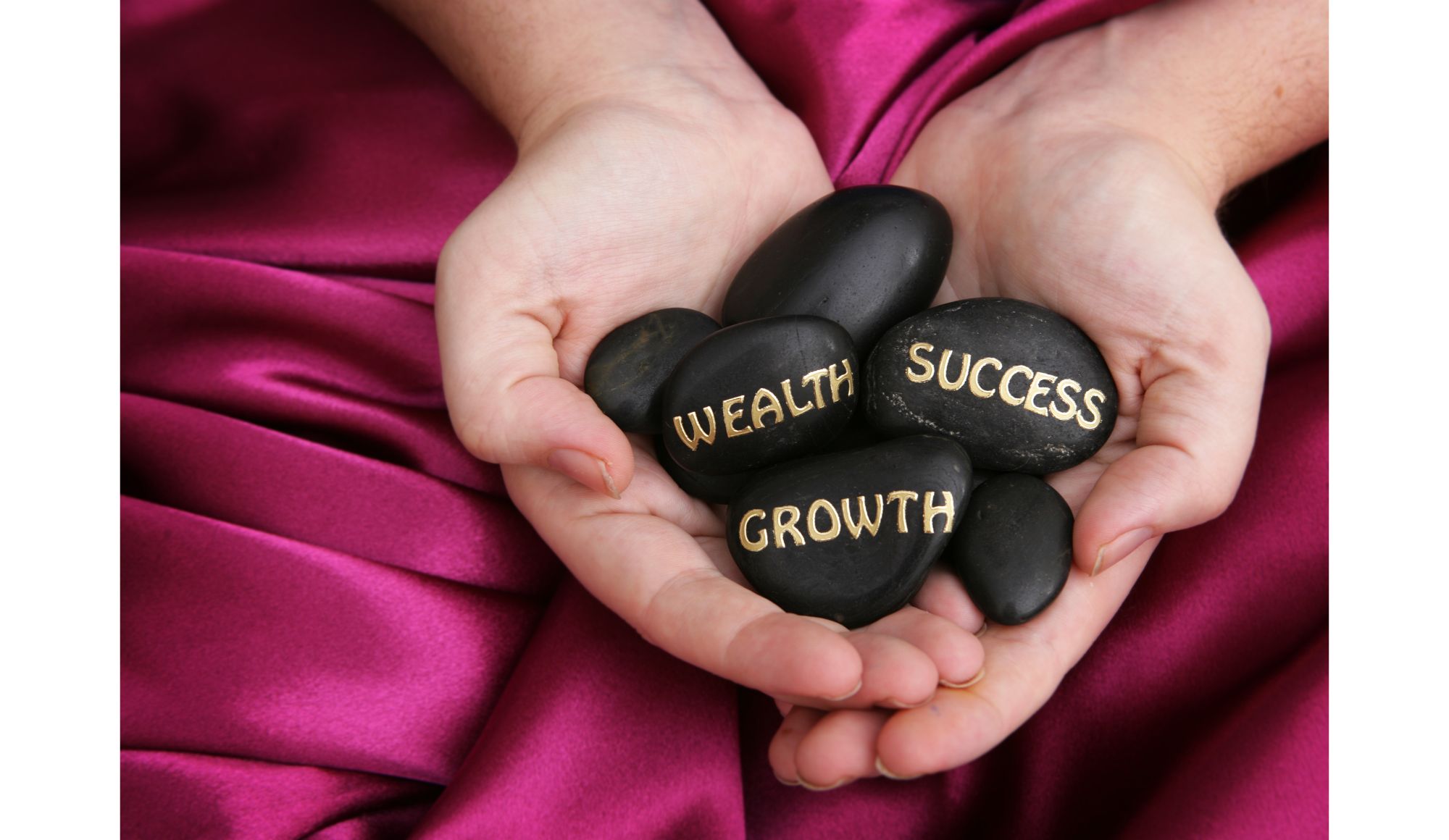Best Wealth Creation Engine of All Time?
It’s not always obvious where to go to make more money. Side hustle? Buy crypto? Bank savings account? Bonds? What’s the right answer? Here are 9 statistics that show why investing in the stock market is perhaps the best wealth creation engine of all time.
In real terms, $1 invested in the stock market has grown over the past 150 years to as much as $19,000.
Of course, you don’t have 150 years to wait. That’s not the point. The point is, over time, the stock market has created enormous wealth in spite of economic turmoil and many reasons to be bearish, including:
- Boer War
- Great Depression
- Baring Brothers Crisis
- WWI
- WWII
- Cuban Missile Crisis
- Vietnam War
- Cold War
- 1970s Stagflation
- Black Monday
- Watergate
- Iraq War
Over almost a century up until 2020, the average annual growth rate of stocks was 10.3% versus 5.7% for bonds. Real estate and gold were laggards relative to stocks too, growing 4.9% and 4.0% respectively.
The hard part of investing in the stock market is staying the course because drawdowns come frequently and volatility is high enough to make clinging on challenging.
Between 1929 and 1934 alone, investors experienced the following drawdowns respectively:
- -44.7%
- -83.0%
- -40.6%
- -29.8%
- -31.8%
Even in the last few decades, large drawdowns have occurred including:
- 2000: -49.1%
- 2007-8: -56.8%
- 2020: -33.9%
Holding on is no mean feat because of the emotional rollercoaster that follows a similar trajectory during boom and bust cycles.
Early on, smart money tends to buy value and the market gets pushed higher. Then, institutional investors start to buy in earnest but soon enough a sell-off occurs that creates a bear trap.
As the market starts to rise back in earnest, media attention grows and the public starts to partake in greater numbers until greed kicks in and euphoria becomes the norm.
When markets finally top and begin to fall, most investors enter a denial phase, assuming the markets will rise back again. Often they do blip higher, creating a bull trap before the next leg down. That’s when fear kicks in followed by capitulation, and finally despair.
So how do you know when the market is on sale?
One indicator is price-to-earnings ratios for the S&P 500. During the tech bubble and bust, S&P P/E ratios compressed from 28.9 to 19.3. During the Great Recession they declined from 16.9 to 9.8 and most recently we saw a fall from 20.6 to 13.9 during COVID. The current bear market is still in progress so we won’t know for a while where the low will shake out.
What’s interesting throughout stock market declines is how the major market indices lead the economy. The time between the stock market peaking and the economic cycle peaking is 5 months on average when examining data from the 1940s through 2010.
The key thing to remember is, as bad as the market declines during bear markets, bull markets more than make up for the losses. The bull market from the mid-1980s to 2000 produced a 582% gain while the bull market from the 2009 low through 2020 produced a 400.5% rise.
And remember this is in spite of a litany of bad news, ranging from the collapse of Long Term Capital Management to the Housing Crisis and from the World Trade Center Bombing to the European Debt Crisis and Brexit.
The takeaway is to stay the course and not get caught up in emotional turmoil. In fact, statistics show retail investors underperform when they succumb to fear and greed. Between 1999-2018, JP Morgan ran a study that reported the average investor made just 1.9% annually vs 5.6% for the S&P 500.
The bottom line: it’s better to buy and hold for the long-term than attempt to time the cycle.



